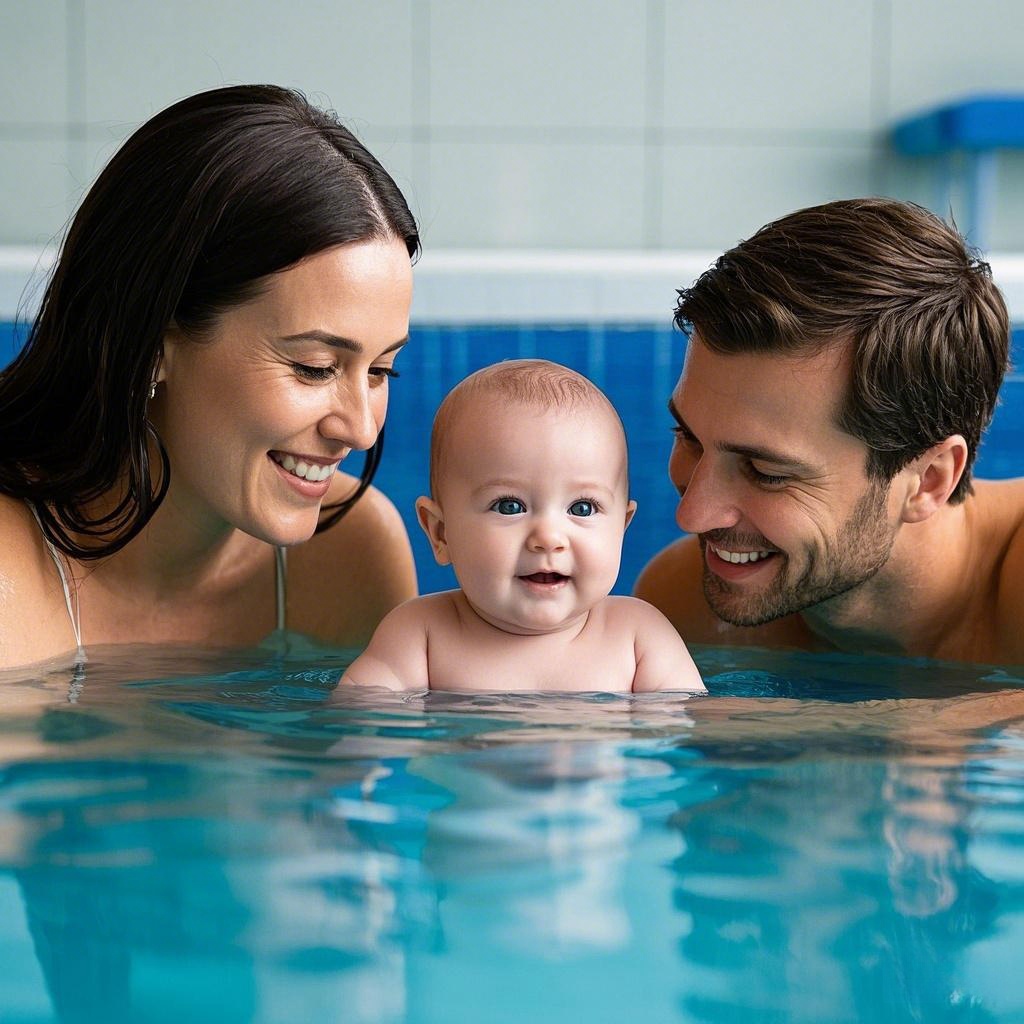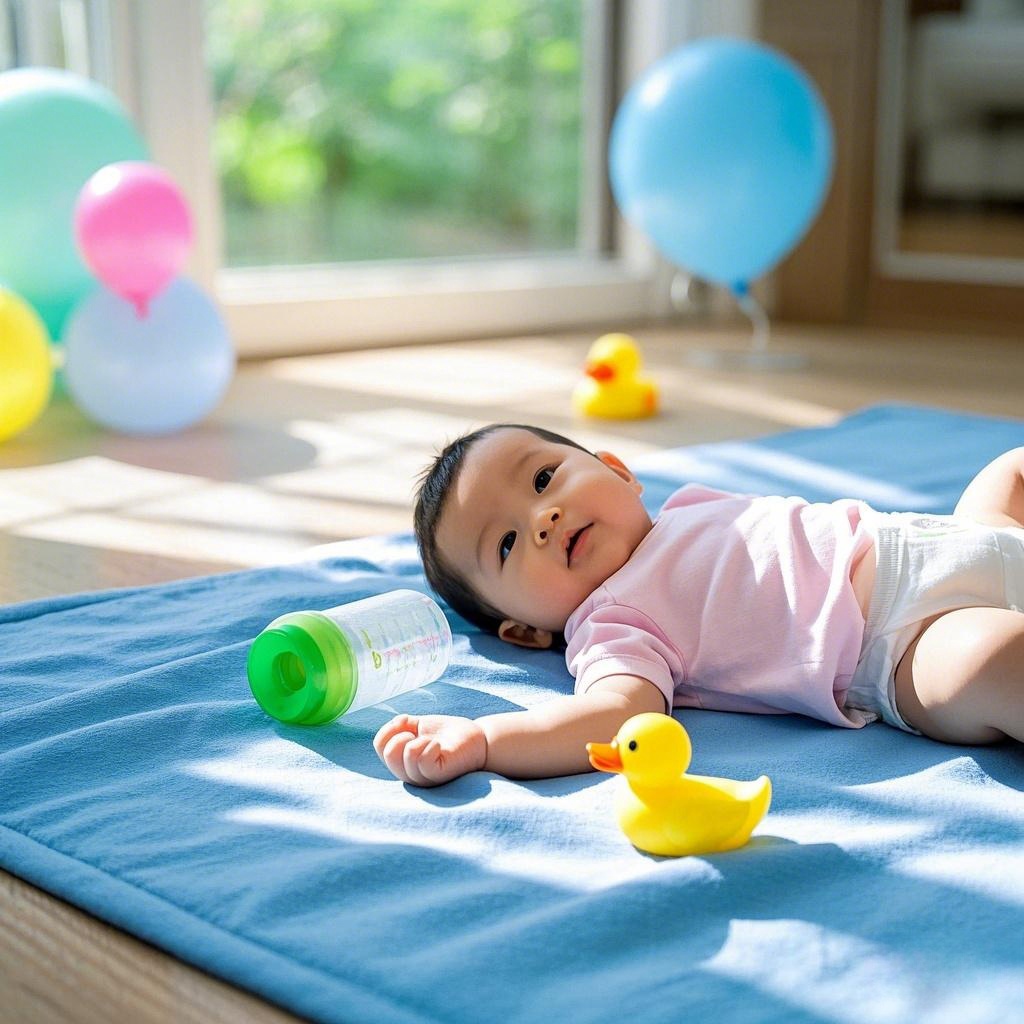Introduction
Parents often wonder when their energetic infants turn into toddlers who can safely snuggle a pillow. While a pillow seems like a small comfort, introducing one too early can increase the risk of suffocation or sudden unexpected infant death. Conversely, waiting too long might leave your child waking with a stiff neck or tangled blanket as a makeshift cushion. This article unpacks the milestones that matter, the science behind airflow and posture, and the practical steps for choosing—then smoothly adding—a toddler-sized pillow. By the end, you’ll know the signs of readiness, the safest pillow features, and how to build bedtime habits that let everyone sleep easier.
1. Why Pillows Pose a Risk Before Age 2
During the first 18–24 months, a toddler’s trachea is still narrow and the reflexes needed to turn away from obstructions are immature. Standard-size pillows or those packed with plush filling can trap carbon-dioxide-rich exhaled air around the face. Studies published by pediatric sleep researchers show that items thicker than the width of a baby’s shoulder can quadruple re-breathing risk.¹ Add rolling or tummy-sleep habits, and the danger amplifies. These findings underpin the American Academy of Pediatrics (AAP) guideline: “Keep the sleep surface firm and free of soft objects until at least the second birthday.”

2. Developmental Signs Your Toddler May Be Ready
Rules of thumb are helpful, but every child matures at a unique pace. Rather than circling a date on the calendar, watch for cues:
- **Neck strength and control **—If your toddler easily lifts and holds their head while moving from back to belly and vice versa, they can adjust position should breathing feel obstructed.
- Climbing skills—A confident climber who can get in and out of the crib or toddler bed is less likely to become trapped against soft bedding.
- Body length versus mattress—When shoulders and head are level with the top slats, a pillow helps align the spine rather than forcing a bent neck.
- **Verbal requests **—Some toddlers explicitly ask for “a pillow like Mommy’s,” indicating both desire and awareness.
When two or more of these signals coincide after 18 months, talk to your pediatrician and consider a trial during supervised naps.

3. Choosing the Right First Pillow
A first pillow isn’t a miniature of the adult variety; it’s engineered for small frames and developing spines. Look for these features:
- Low loft (2–3 cm): Allows neutral cervical alignment whether the child sleeps on the back or side.
- Breathable fill: Shredded memory-foam infused with ventilation holes or hypoallergenic poly-cluster fiber minimizes heat buildup. Avoid feather or down; quills can poke through and allergens may trigger night coughing.
- Machine washable case and core: Expect drool, potty-training accidents, and viral seasons. Easy laundering keeps dust mites and mold at bay.
- Certifications: OEKO-TEX® Standard 100 fabrics and GREENGUARD Gold foams ensure low chemical emissions.
- Correct dimensions (30 × 50 cm, roughly 12 × 20 in.): Wide enough for rolling but small enough to fit in most toddler beds without crowding.
Parents on a budget can DIY by folding a cotton receiving blanket into a slim rectangle and slipping it into a zippered pillowcase; however, double-check thickness each wash to maintain that crucial low loft.

4. Transition Tips for a Smooth Introduction
Children thrive on ritual. Introduce the pillow during a non-stressful nap and remain nearby. Here’s a three-day approach many sleep consultants recommend:
- Day 1 – Exploration: Let your toddler play with the pillow during story time, squishing and naming its parts (“This is the pillow. It’s soft and flat”). The novelty wears off, reducing bedtime excitement.
- Day 2 – Supervised Nap: Place the pillow under your child’s head once drowsy. Stay within earshot. If they toss it aside, don’t force use; body feedback will guide them.
- Day 3 – Overnight Trial: After two successful naps, keep the pillow in bed all night. Check positioning when you perform your usual tuck-in and first-hour check.
Common hiccups involve toddlers who prefer hugging the pillow rather than laying on it. That’s acceptable provided the pillow remains below shoulder level and doesn’t cover the face. Within a week, most children naturally place their head on the cushion to self-soothe.

5. Safety Guidelines and Frequently Asked Questions
Q: Can I switch from a flat toddler pillow to a thicker model at age 3?
Yes, but escalate loft gradually. A sudden jump to a 4-inch pillow can strain neck ligaments. Test by stacking two toddler pillows for three nights; if no complaints of stiffness, upgrade.
Q: What about blankets and stuffed animals in the same bed?
Introduce one item at a time. Pillows first, then a light cotton blanket several weeks later. Over-crowding reintroduces suffocation hazards.
Q: My toddler has allergies—any special considerations?
Opt for tightly woven encasements with zippers smaller than 6 µm to block dust-mite infiltration. Launder weekly in hot water (> 130 °F). Replace the pillow every 18 months even if it appears clean; allergens accumulate invisibly.
Q: How do I travel without disrupting the new routine?
Pack the same pillow for car rides or flights. Familiar scent and texture cue the brain for sleep, reducing meltdowns in unfamiliar hotel cribs. If space is tight, a washable travel version with identical loft maintains continuity.
Keep emergency contact numbers visible and monitor remotely if using a baby cam; pillows introduce variables, and vigilance remains the best defense.
Conclusion
Handing your toddler a pillow is a milestone that merges comfort with autonomy, signaling the shift from infant sleep rules to big-kid preferences. Waiting until at least 18 months, confirming developmental readiness, picking a certified low-loft design, and phasing it in with supervision keeps safety at the forefront. As with every parenting decision, trust informed intuition over marketing hype, and maintain open dialogue with your pediatrician. Soon enough, pillow talk will mean shared bedtime giggles—not restless midnight worries.






